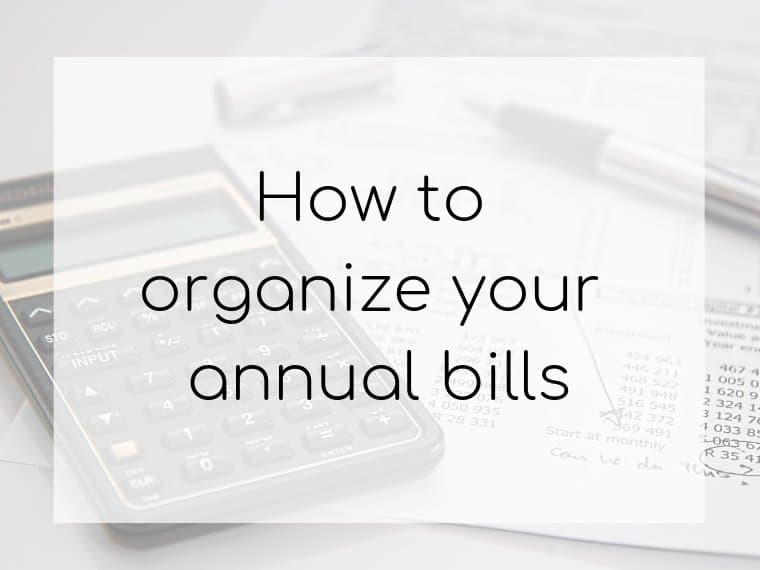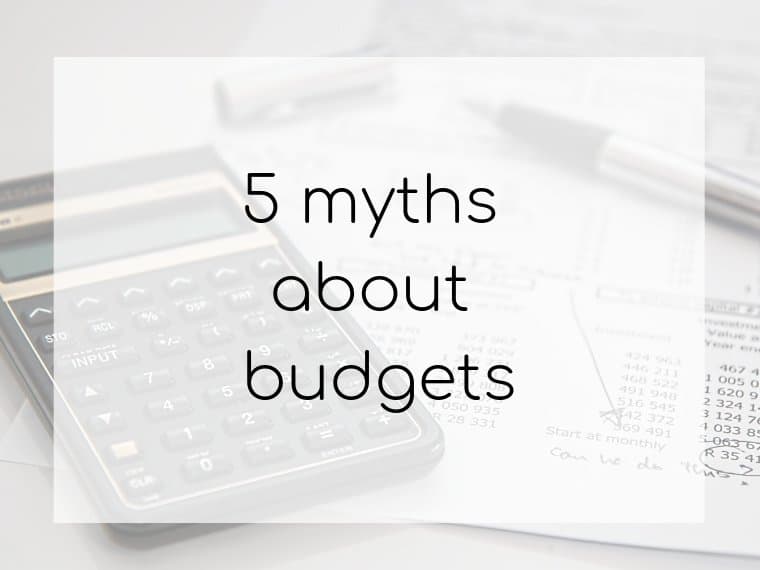How to Create a Monthly Budget
Have you ever experienced running out of money well before the month is over? Yeah, me too. You’re not alone, mama! In fact, a study by CareerBuilder showed that over 75% of Americans live paycheck to paycheck.
It can be emotionally stressful when you feel like you are working hard only to be stuck in the mud. Month after month, you struggle to get ahead, only to find yourself stuck in the same place.
Here’s one more statistic to help you realize you’re not alone. The Federal Reserve Board found that 40% of Americans couldn’t come up with $400 in an emergency.
Finances are something that most of us struggle with, but it doesn’t have to be that way. By creating a budget, you become the boss of your money and can make better informed decisions when it comes to finances.
This post will empower you to create a monthly budget (even if you’ve never done one before). Let’s do this!
How to create a monthly budget
Calculate your income
Sit down and look at your pay stubs or online banking statement. (If you don’t know how to log into your online banking, that is step number one. Go to your bank and ask them how to set that up before you move forward with creating a budget.)
How much on average do you make in a month? Pick a number that is conservative. This means that if you take home anywhere from $3000-4000/month, you’ll want to use the lower figure ($3000) to create your budget.
If you’re paid every other week, most months you’ll get two paychecks but occasionally you’ll get a third. Use a two paycheck month as your budgeted income.
If you occasionally get bonus or commission, calculate your income without these bonuses.
“But my income changes…”
So what do you do if your income changes drastically from month to month? Let’s say you work strictly on commission or you’re an hourly employee and can work 20 hours one week but 50 hours the next.
If this is you, you’ll want to do two things:
- Pick the lowest typical month to use as your budgeted income.
- Create a savings account to pack away money in the months that income is high. This could be at your bank or, my favorite, an online savings account. (Interest rates tend to be higher for online only banks, and most importantly, it stashes your money somewhere less accessible so that it’s there when you need it to survive…and it’s not tempting you to go out and make an impulse purchase.)
Figure out your expenses
Simply put, how much money do you need to spend every month to keep up your current lifestyle. Expenses includes items like:
- Mortgage/rent
- Insurance
- Utilities (electricity, water/sewage, trash, natural gas, internet, cable, phone)
- Food
- Pet food
- Gas for your car/public transportation fees
- Debt payments (credit card, student loans, car loan, etc)
What’s your minimum amount needed?
You want to figure out the minimum needed to stay at your current lifestyle. You might later on decide to cut out extras, but before you do that, figure out if your current lifestyle is even feasible on your income.
Does it cost $4000/month to stay at your current level but you’re only taking home $3000/month? Well, cuts will have to be made.
Or you might find yourself with extra money left over in the budget. You might decide to make some cuts regardless (sometimes there’s items we didn’t even realize we were paying for!)
Try and try again
Making a budget isn’t a once and done thing. Sure, the hardest work is done right at the beginning. But finances will change from month to month and quite simply sometimes you’ll make mistakes. You’ll forget about an expense until the bill pops up in your mailbox (been there) or you’ll totally underestimate how much you actually spend on food (done that).
That’s okay! The point of a budget isn’t to be perfect. Perfection doesn’t exist.
The point of a budget is to give yourself a leg up in understanding what it costs to run your household from month to month. A budget will get you 80% of the way there, and that’s a heck of a lot better than 0%!
Monthly Budget Template
Want a budget template to get you started? Click over to this link to view my monthly budget sample. The first tab has samples of numbers. The second tab includes a blank sheet for you to use for your monthly budget.
Click on the “File” menu, then select “Make a copy” to save it to your Google Drive or select “Download as” to download a file as an Excel file.
Once you’ve made a copy or downloaded it, feel free to edit the categories to fit your particular situation. I tried to include typical budgeting categories but each family is different.
If you’re still not sure how awesome a budget is, check out this post I wrote about 5 Myths About Budgets. Budgets have the power to change your life (seriously)! If you have any hang-ups on what a budget actually is, this post will help clear you of your fears.
If you liked this post, you may be interested in…





